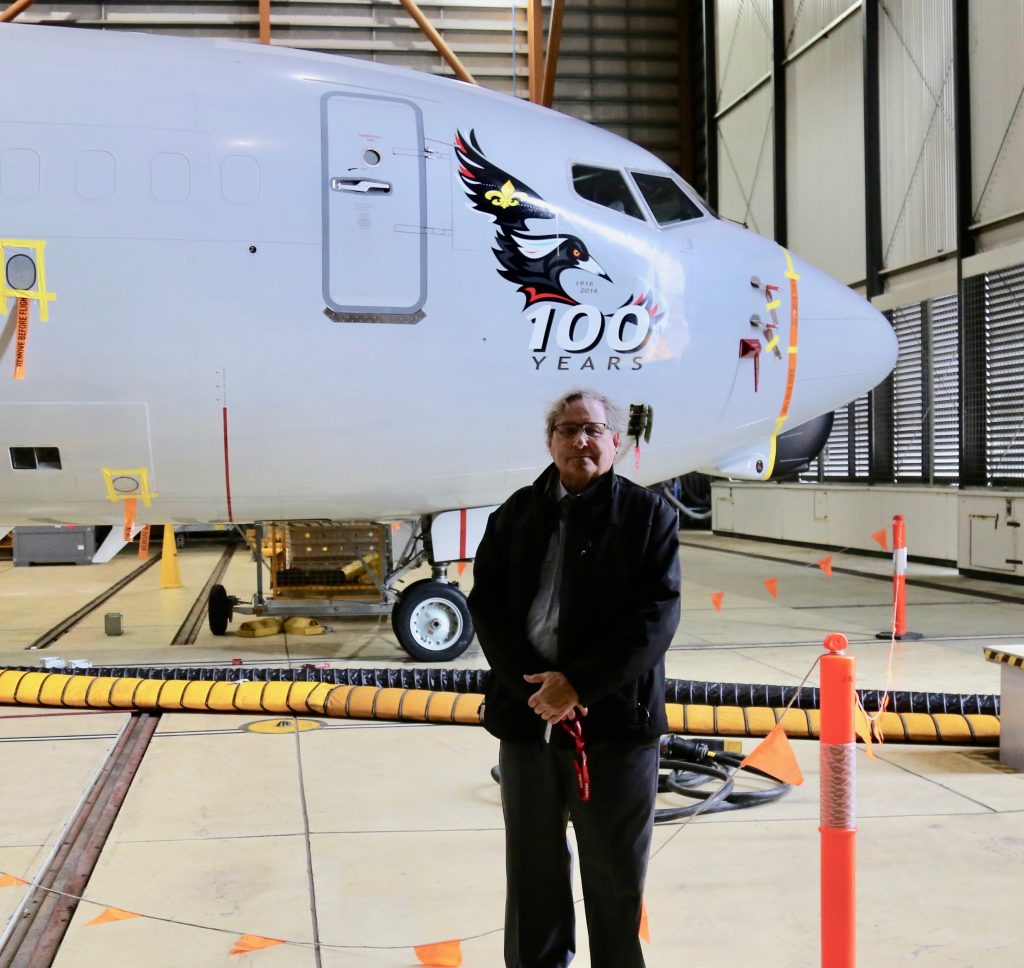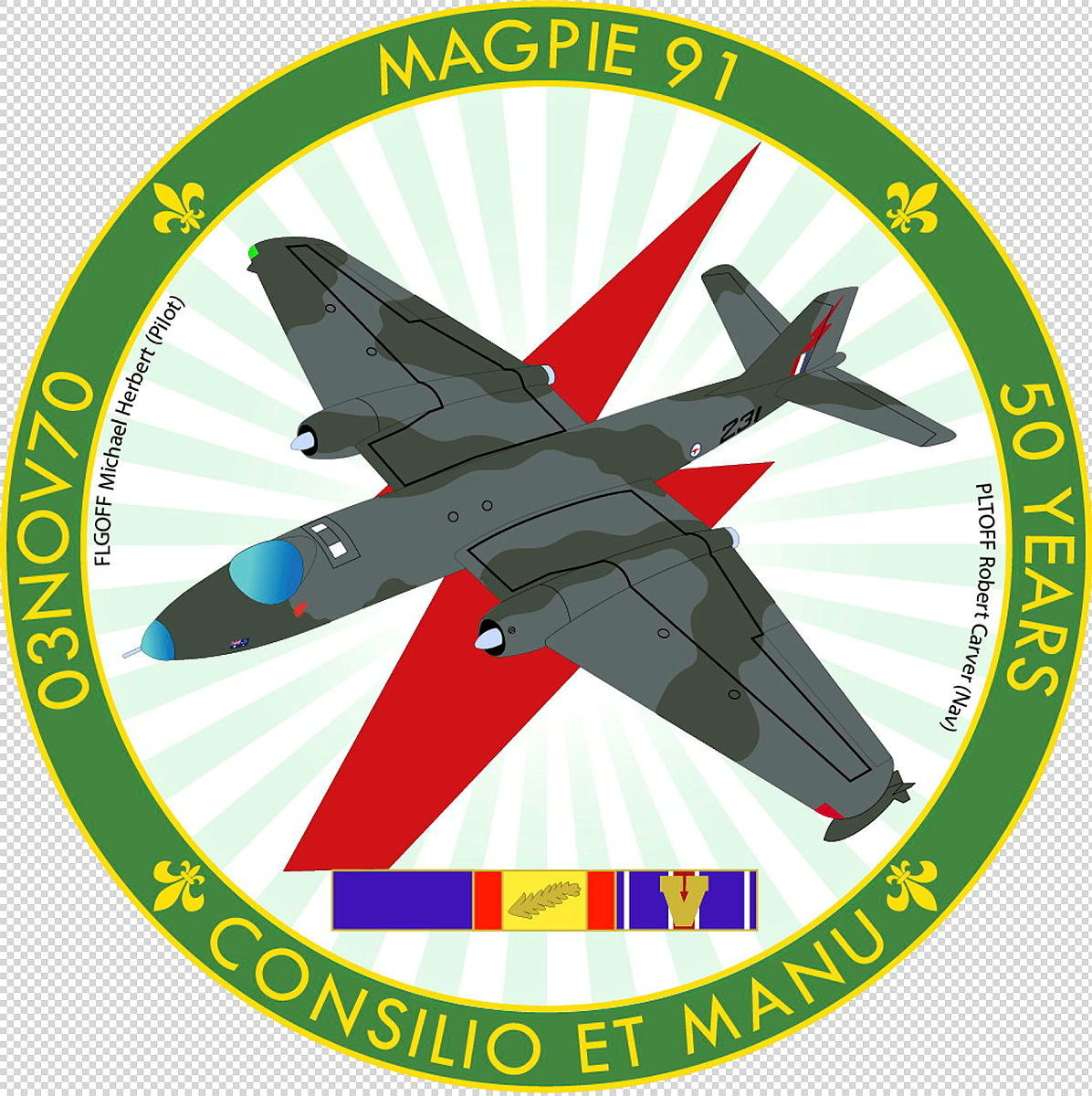By Robbin Laird
The news this past few days has been filled with discussions, arguments, “fake news,” and other desiderata about the Australian decision to enter the nuclear attack club.
But what can be missed is that the Australians have been driving innovations in the United States and the United Kingdom far before they sought to work with the nuclear attack submarine states.
A clear example of this is the E-7 or the Wedgetail.
During my years of visiting Australia, I had the chance to watch the RAAF bring a new air combat system into service and then maturity, namely, the E-7.
This was a trail blazing effort by the RAAF which has led the way in many respects with regard to a new generation of air battle management C2 aircraft, and one which enters into the world of tron warfare given the software evolution driven by the Commonwealth’s partnership with Northrup Grumman.

The RAF became convinced of the E-7s capability to move out from a path of modernizing their AWACS to procuring the Wedgetail.
There is a clear desire for PACAF to do the same.
This is a case of the RAAF leading the way with the RAF and the USAF to follow, so to speak.
And an industrial partnership between the United States and the Commonwealth which has spearheaded this effort.
In a piece by Riki Ellison, Chairman and Founder of the Missile Defense Advocacy Alliance, published on September 24, 2021, the interest of the USAF in the Wedgetail was highlighted.
“[The E-7 Wedgetail] is already a proven capability, and having seen it in action, I think it’s something we do want to use. And at the same time, if this becomes a (budget) line, we’ll probably start to replace some [E-3s].” – Air Force Chief of Staff, Gen Charles Q. Brown Jr., 21 September 2021.
Yesterday at the Air Force Association gathering in Maryland, the Chief of Staff of the United States Air Force put forward the top unfunded requirement of the Pacific Air Force for the Indo Pacific area of responsibility (AOR) – the E-7 Wedgetail.
The Wedgetail is the most effective in the world today as an airborne Command and Control center with radar capability to see low profile, low heat cruise missiles at extensive ranges, enabling cross-domain tracking to warn and effectors to negate. Australia, South Korea, and Turkey have them in service today. The United States Air Force had not chosen to invest in this capability, due to the promise of space-based capabilities to do a similar mission that have still yet to be developed and operationally deployed.
Further terrestrial-based over the horizon radars have also yet to be developed and operationally deployed for this specific mission.
The Wedgetail is a far more capable and reliable replacement for the E-3 Sentry Airborne Warning and Control System (AWACS). Besides upgrading to a new 737-based platform from the 1950’s era 707 platform, the E-7 replaces the E-3’s Cold War capability and age with a more powerful radar and the newest battle-management and communications technology, and it provides significantly longer detection range and vastly better target discrimination and combat identification.
Since the 1970s, the AWACS has been the US Air Force and NATO’s primary airborne battle management and aerial target tracking platform. The USAF has an inventory of 31 E-3s, operationally assigned at Tinker Air Force Base, Oklahoma, Joint Base Elmendorf-Richardson, Alaska, and overseas at Kadena Air Base, Japan and al-Dhafra Air Base, United Arab Emirates.
In previous decades, the AWACS has been a capable command and control platform, seeing extensive combat use in engagements like Afghanistan, Iraq, and the Balkans, but its advanced age will require us to phase it out in the 2030s.
The markedly increased reliability of the 737 platform variant, with a global logistics system to support, will result in more consistent and frequent aircraft availability for operational and training missions. The AWACS is also poorly equipped to detect cruise missiles, as the AN/APY-1/2 radar inside the E-3’s rotating radome is limited in its ability to detect hypersonic threats and those missile threats with a small radar cross-section.
Long range aircraft launched and submarine-launched cruise missiles from our near peers of China and Russia can range the territories of the United States, and these weapons are very difficult to track with ground-based radar due to their low radar profile and the curvature of the Earth obscuring their low trajectory.
This leads to these cruise missiles escaping detection by ground-based radar until they are at close range, with much less time for our effectors to engage and intercept the target. With hypersonic cruise missiles currently in development by both Russia and China, this is no longer viable, due to the target’s extreme speed; there is simply not enough margin of error with such a close, fast-flying hypersonic missile. In a rapidly evolving threat environment, our ability to defend the US homeland is degrading, with Guam and Alaska at the highest risk.
“[China has] missiles with very long range, low radar cross-section that can evade our legacy warning capabilities. Missiles with the range to launch from over Russian territory and strike all of Canada, all of Alaska and well into the United States of America without even leaving their home territory.” – Gen Glen D. VanHerck, Commander, US Northern Command (USNORTHCOM) and North American Aerospace Defense Command (NORAD)
Over-the-Horizon radar, airborne early warning, and space-based sensors will be increasingly critical for missile defense in the coming years. OTH radar uses high frequency radio waves bounced off the ionosphere to increase detection range and provides persistent capability.
To maintain constant airborne early warning for the homeland would not be cost effective, as mentioned in this congressional research report, which means that effective long-range over-the-horizon capabilities or space based sensors and satellites must be the primary choice to defend the CONUS. Airborne early warning E-7s can fill the gap and most appropriately defend Guam, Alaska and our forward deployed assets along with our Allies.
The E-7 is a proven platform, on a standard, commercially available Boeing 737-700 airframe, in current production which will speed up procurement and cost efficiency for the United States. Australia has participated in exercises in the Pacific with the United States using their Wedgetail with great success and exponentially advanced capability. The United Kingdom expressed its intent to retire its E-3s in 2021 and has ordered three E-7s. There is a warm production line that the United States will use, to further boost efficiency and lower costs.
In the interim, with the AWACS reliability running low, we need a capable airborne early warning and control platform. The Navy currently operates the carrier-capable E-2C and E-2D, the latter of which achieved initial operating capability (IOC) in 2014, and the platform is expected to be sustained for another 30 years. The E-2 can be used in the defense of carriers and other naval assets against incoming stealthy cruise missiles.
Guam is currently inadequately defended and air and missile defense of the island is Indo-Pacific Command (INDOPACOM) commander Admiral John Aquilino’s #1 priority. While we wait for the E-7 to be procured and become operational, E-2 wings on shore could be detailed to Guam for overhead cruise missile defense detection.
In effect, AUKUS existed many years before the recent variant was announced.
The featured photo: Airmen from RAAF No.2 Squadron designed and painted ‘nose- art’ on an E-7A Wedgetail whilst deployed on Operation OKRA in the Middle East. The art commemorated the 50th anniversary of the downing of the No. 2 Squadron Canberra bomber, ‘Magpie 91’, on 3 November 1970 in jungle on the Laotian-Vietnamese boarder during the Vietnam War.


